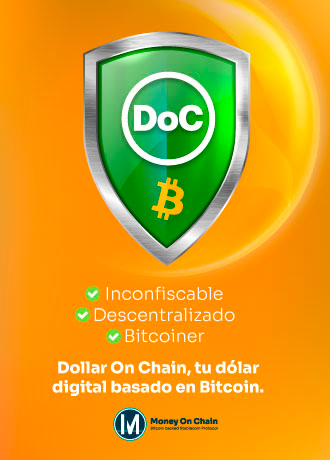Un congresista presentó en los Estados Unidos presenta la ‘Ley de Criptomonedas 2020’, que busca aclarar finalmente qué reguladores serán los encargados de manejar cada activo digital, dividiendo a los mismos en tres categorías diferentes que serán cada una reguladas por una institución diferente
El representante Republicano por Arizona, Paul Gosar, fue el encargado de presentar la ‘Ley de Criptomonedas 2020’, donde según lo reseñado por Cointelegraph, este proyecto de ley «busca proporcionar no solo claridad, sino también legitimidad a los criptoactivos en los Estados Unidos», declaró el asistente legislativo del congresista, Will Stechschulte.
El proyecto de ley fue presentado en solitario al Congreso por Gosar, para la elaboración del mismo también participaron especializados en la industria, según explicó el Director de Comunicaciones de Gosar, Ben Goldey, quien dijo:
Como se trata de una cuestión tan especializada, trabajamos con las partes interesadas y grupos/expertos externos para tener una buena idea del tipo de claridad que necesitaba la industria. Elegimos reunir el apoyo de las partes interesadas antes de trabajar con los copatrocinadores
Las propuestas se encuentran divididas en tres categorías: cripto-mercancía, criptomoneda y criptovalor. Estas estarían gobernadas por la Comisión de Comercio de Futuros de Productos Básicos (CFTC), el Departamento del Tesoro a través de la Red de Ejecución de Crímenes Financieros (FinCEN), y la Comisión de Valores y Bolsa (SEC), respectivamente.
Llama la atención, señala Cointelegraph, que en este proyecto de ley no se le hace mención a los tokens no fungibles (NFT), por otro lado, los activos digitales como Bitcoin aparecen como criptomercancías, en tanto las criptomonedas están definidas como «representaciones de la moneda de los Estados Unidos o derivados sintéticos», según explica el medio.
Este proyecto de ley es una versión actualizada de uno que se filtró en diciembre, como informamos en su momento, pero con algunas definiciones más amplias y especializadas como «Libro de registro descentralizado» y «contrato inteligente», además es más explícito sobre la responsabilidad regulatorias primarias y otros aspectos como transacciones y listado de activos digitales.







Discussion about this post